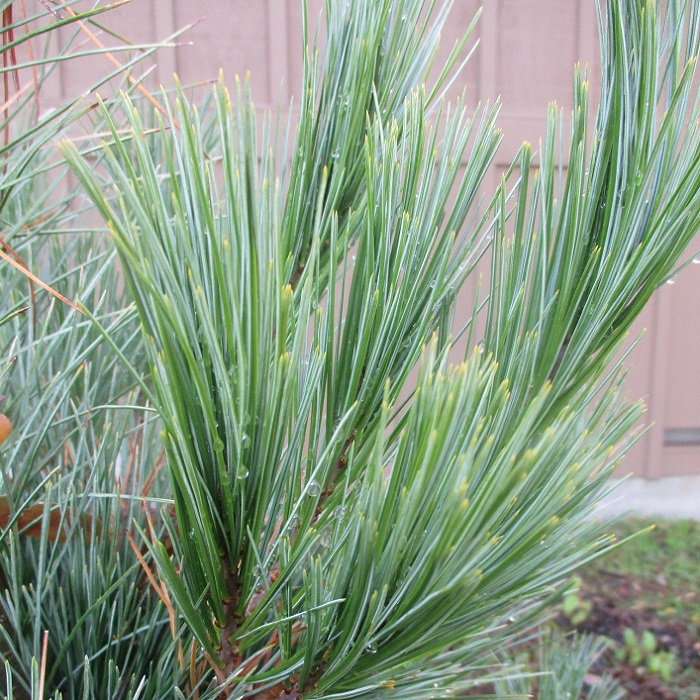People really stress out over Christmas trees. Some do not want a cut Christmas tree because it involves killing the tree. Some do not want an artificial Christmas tree because it is . . . artificial. Some do not want a living Christmas tree because it is too expensive for a tree that is too small. There are so many myths and misconceptions about Christmas trees, yet everyone wants one.
As mentioned, artificial trees are . . . artificial. Obviously. They are not a horticultural commodity, so are not an appropriate topic for a gardening column. What can be said about them is that they are not a more environmentally responsible option to disposable cut real trees. Countless dinosaurs died to make the petroleum for the plastic that these non-biodegradable trees are made of.
Cut trees are still the most environmentally responsible option. They are not harvested from forests, but from plantations, just like any other cut foliage, cut flowers or vegetable crops. Many are grown from the branched stumps of previously harvested trees, by a process known simply enough as ‘stump culture’. It works like coppicing, and allows some stumps to produce for many years.
Potted living trees are the most misunderstood type of Christmas trees. There is nothing environmentally friendly about them. They are exotic (non-native) trees grown in synthetic media (potting soil) in vinyl pots. They get synthetic fertilizer, artificial irrigation and very unnatural pruning while growing within artificially regulated environments that are designed to promote efficient production.
Only a few of the more compact types of living Christmas trees, like Colorado blue spruce and dwarf Alberta spruce, can survive confinement in pots for more than just a few years. Austrian black pine and dwarf limber pine need a bit of trimming as they grow, but also have the potential to work for a few Christmas seasons. The common small potted Christmas trees that are already decorated are Italian stone pine and Canary Island pine, which do not survive confinement for long, and get too big for home gardens.
highlight: Domingo pine
The big name of this little pine takes some explaining. Domingo pine is a cultivator of an interspecific hybrid of two distinct specie, Eastern white pine, Pinus strobus, and Mexican white pine, Pinus ayacahuite. Until a better name in invented, it is known as Pinus strobus X ayacahuite ‘Domingo’. It is typically but incorrectly abbreviated as Pinus ‘Domingo’, or Pinus strobus ‘Domingo’.
Like many hybrids, Domingo pine got the best of both parents, and also stays compact enough for suburban gardens. Although not quite as soft and blue as Eastern white pine, its finely textured and dense pine needle foliage has a grayish sheen to it. Like the Mexican white pine, it does not need much water once established. It wants full sun exposure but is otherwise not demanding.
Young trees may seem to grow quickly, but growth slows significantly with maturity so that trees to not get much taller than second story eaves. Their typically conical form does not get much more than half as wide as tall. They look best where they have room to stay well branched from top to bottom. Because they are not very big, clearance pruning of lower limbs comprises their symmetry.
Horticulturist Tony Tomeo can be contacted at tonytomeo.com .






